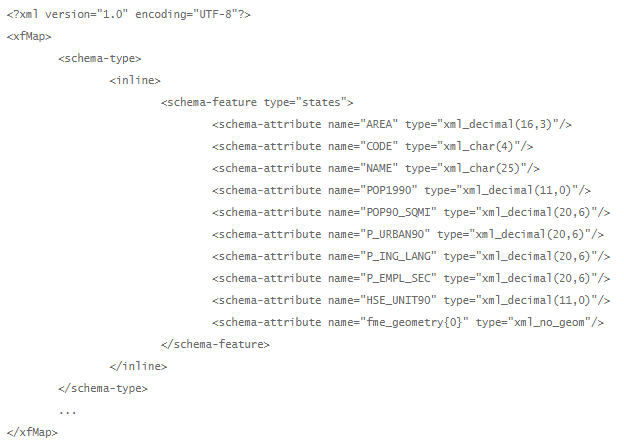I have a known structure of an XML file/feed and am using an xfmap file to map attributes. The XML feed doesn't always have all of the fields in their feed. Is there a way to populate a reader attributes from an xfmap file?
Best answer by takashi
View original










